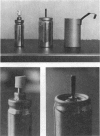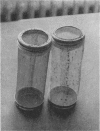Abstract
With a view to expediting as much as possible the disinsection of aircraft required under the International Sanitary Convention for Aerial Navigation, experiments were performed under operating conditions on the disinsection of passenger cabins after the closing of the aircraft doors following embarkation but before take-off (designated ”blocks away” disinsection) with single-use, disposable aerosol dispensers. A formulation containing 1.6% by weight pyrethrum extract (25% pyrethrins) and 3% DDT at a dosage of 10 g per 1000 cubic feet (35 g/100 m3) gave satisfactory control of non-resistant mosquitos and created no passenger reaction. A formulation containing 3.40% pyrethrum extract (20% pyrethrins) and 1.17% DDT at a dosage of 14-19 g per 1000 cubic feet (48-64 g/100 m3) was biologically effective for both resistant and non-resistant mosquitos but was markedly irritant to some passengers. The authors suggest lines along which further research might be conducted.
Full text
PDF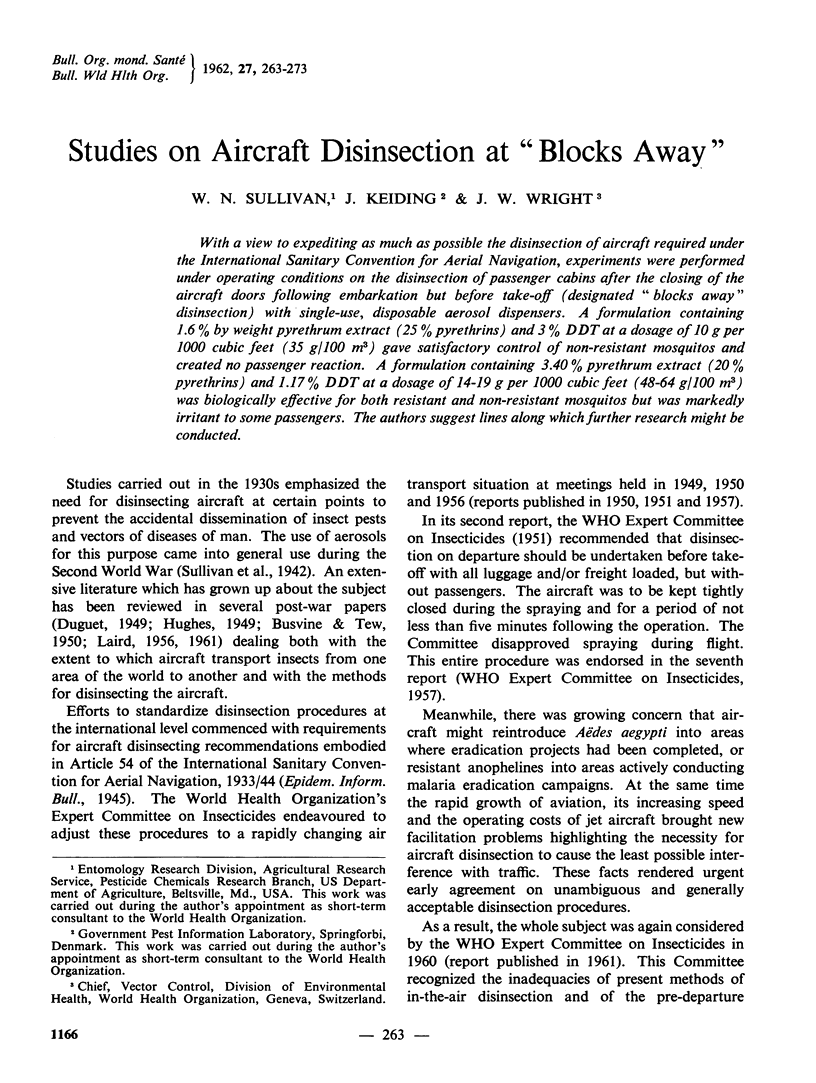
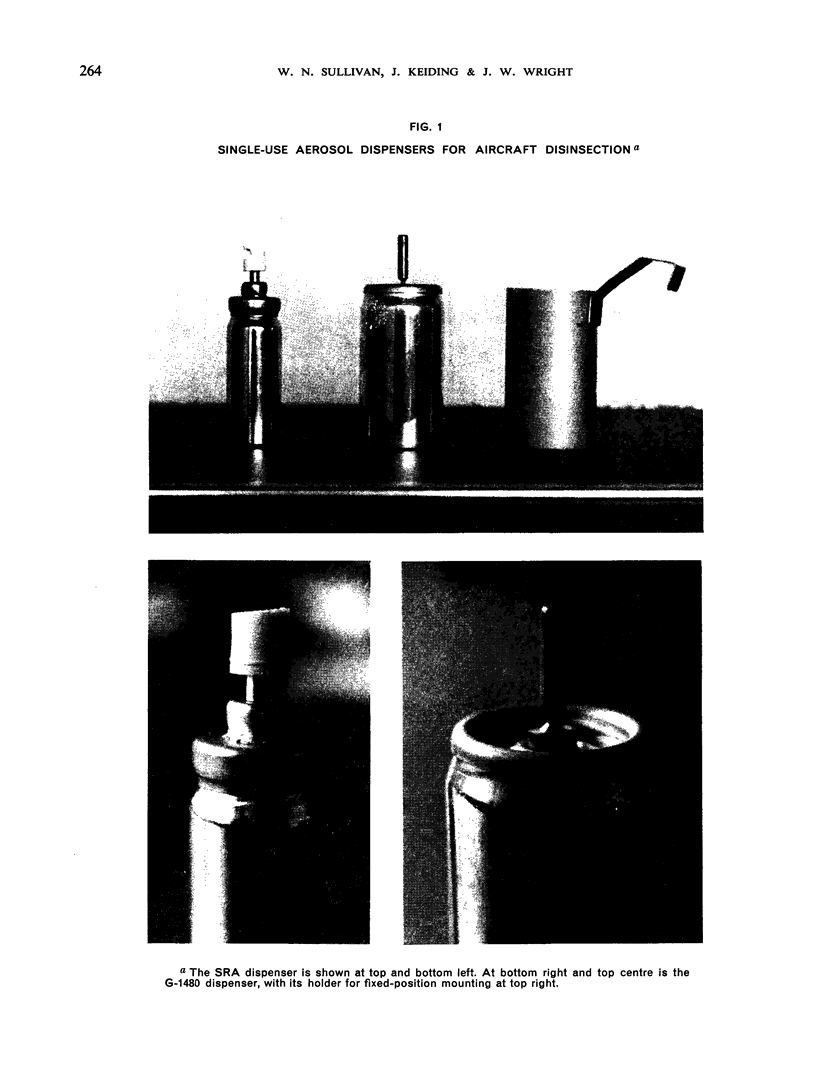
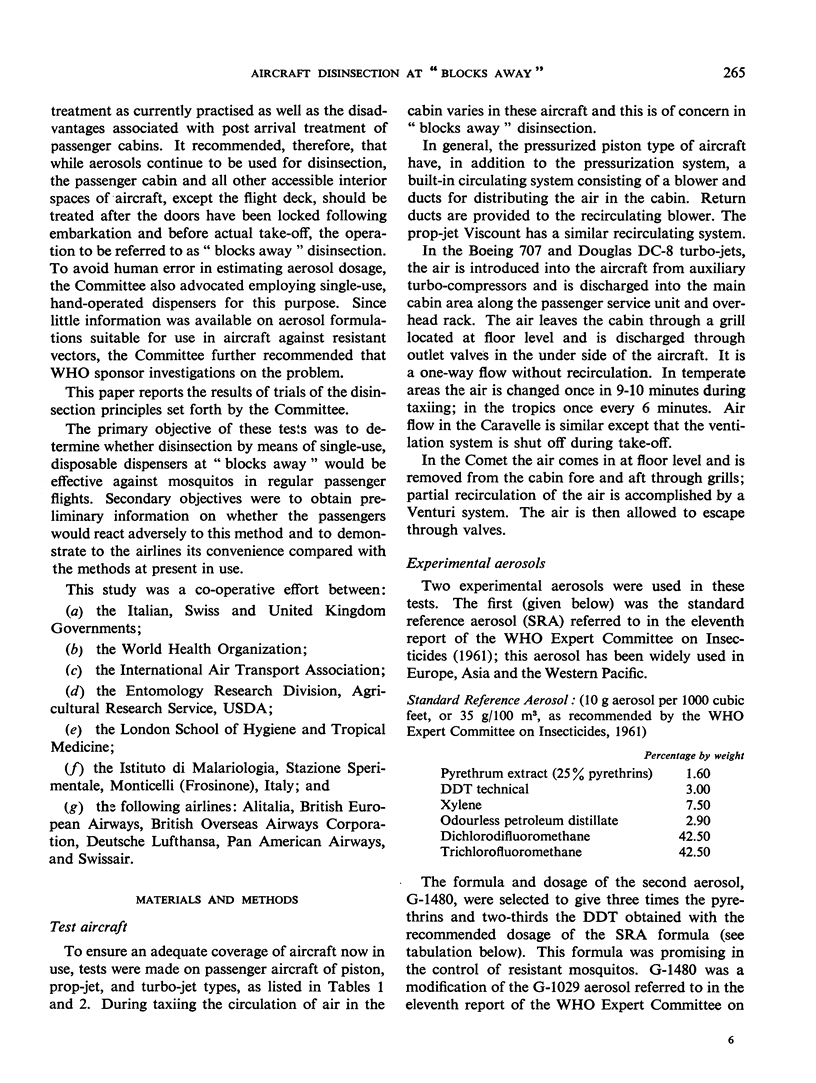
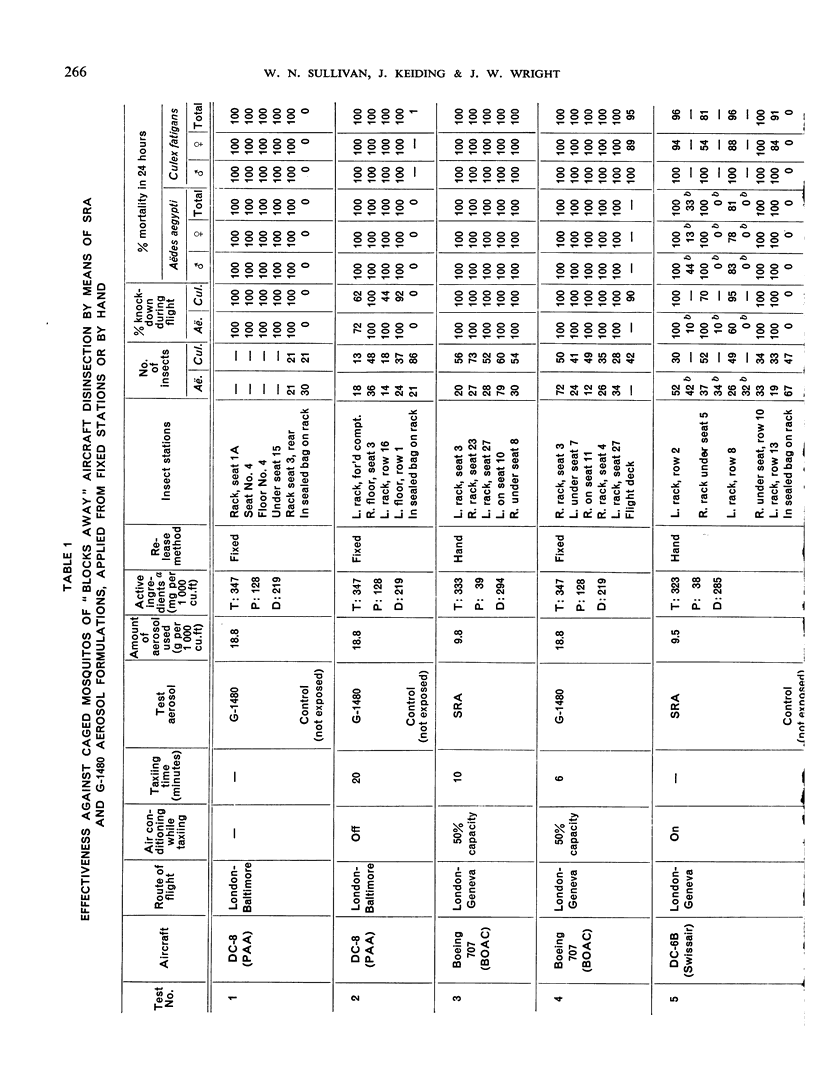
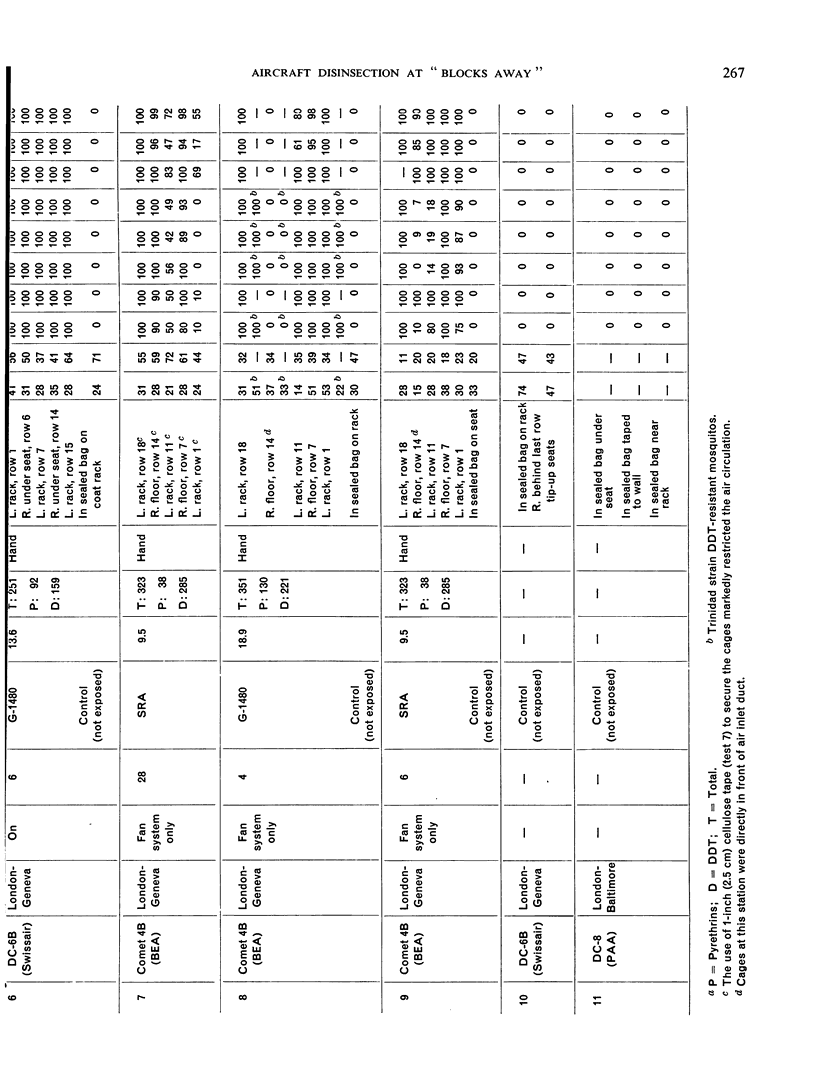
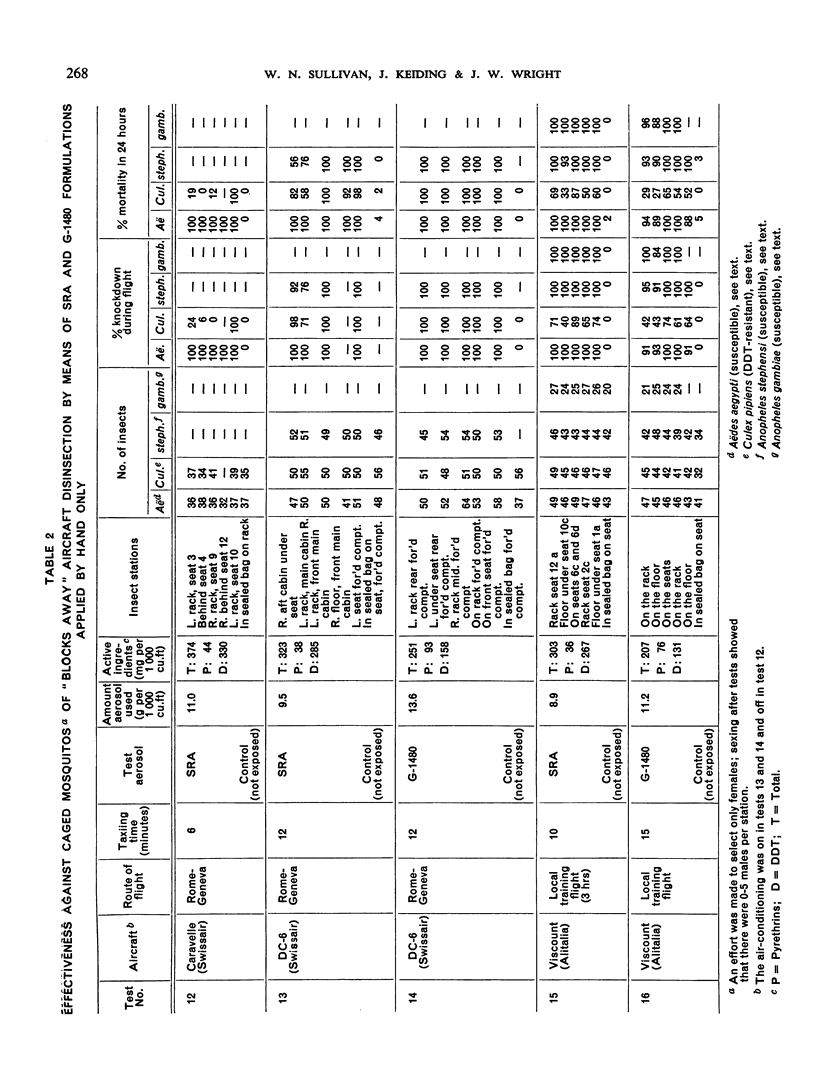
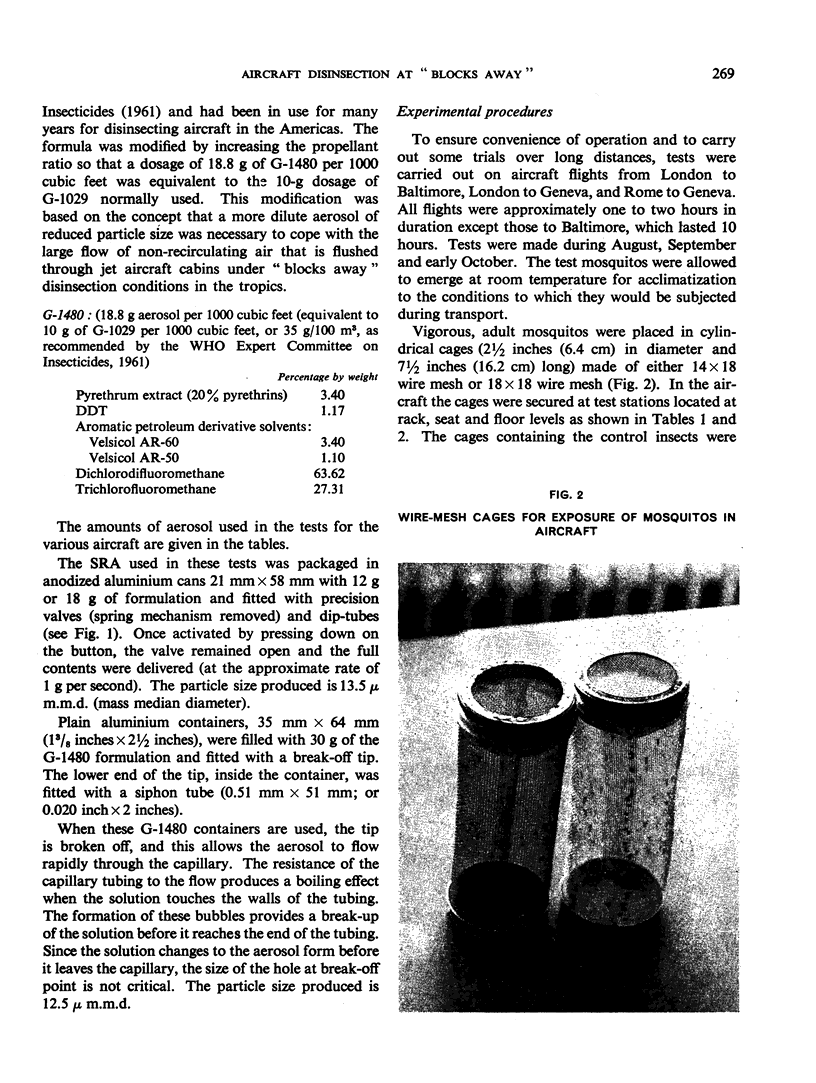
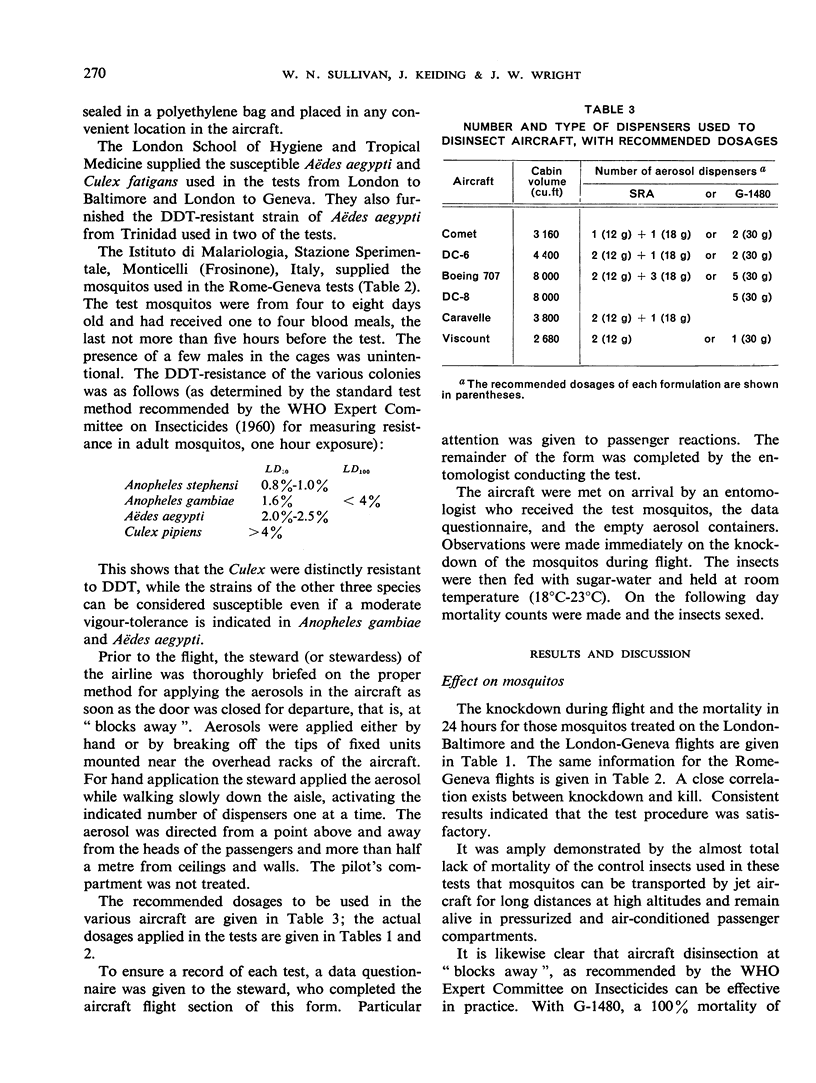
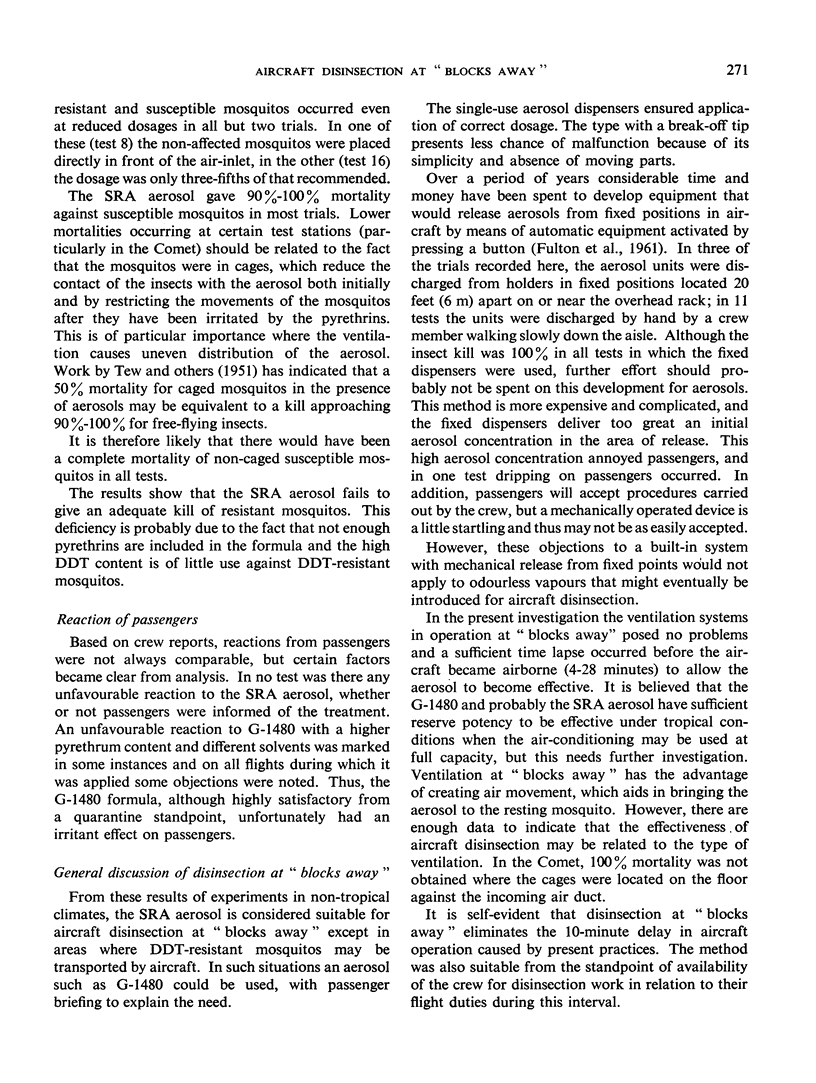

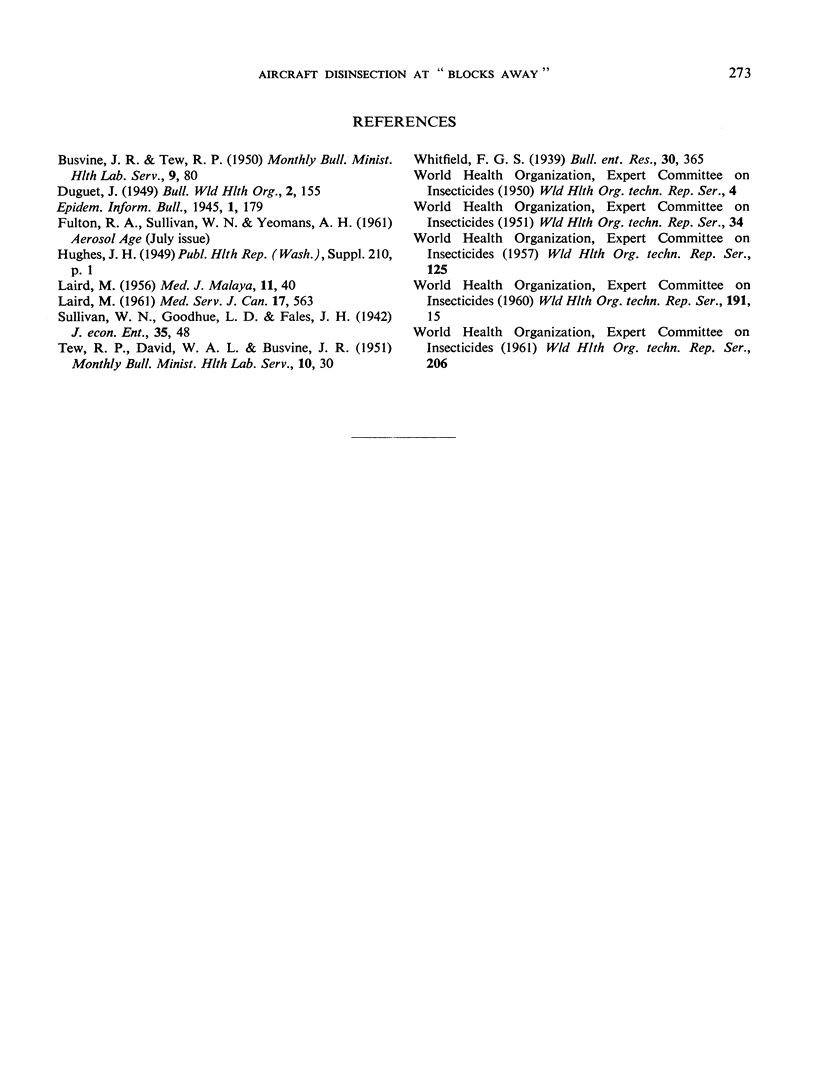
Images in this article
Selected References
These references are in PubMed. This may not be the complete list of references from this article.
- DUGUET J. Disinsectization of aircraft; study made in connexion with the revision of international conventions. Bull World Health Organ. 1949;2(2):155–191. [PMC free article] [PubMed] [Google Scholar]
- LAIRD M. Insect introduction hazards affecting Singapore and neighbouring territories. Med J Malaya. 1956 Sep;11(1):40-61; discussion, 61-2. [PubMed] [Google Scholar]
- LAIRD M. Quarantines and zoologists. Med Serv J Can. 1961 Sep;17:563–570. [PubMed] [Google Scholar]



